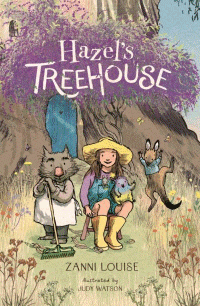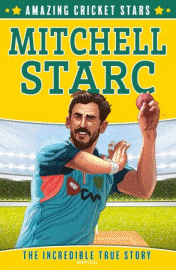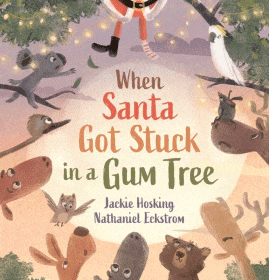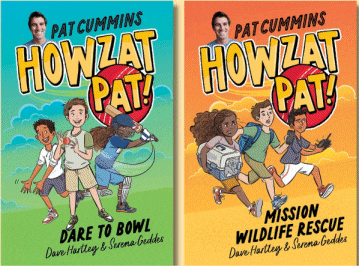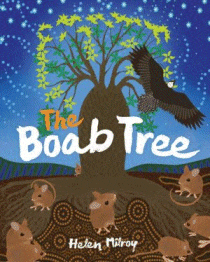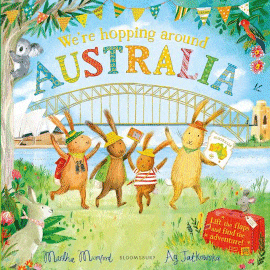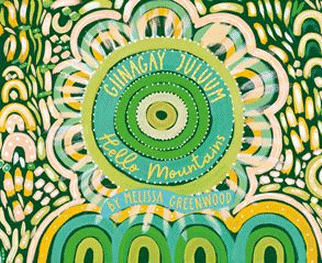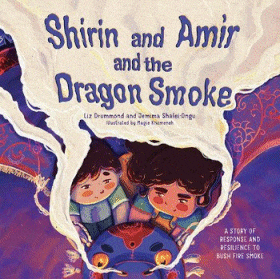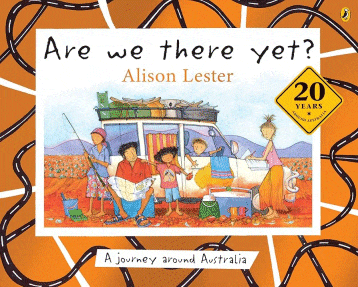
Are We There Yet? 20th Anniversary Edition
Are We There Yet? 20th Anniversary Edition
Alison Lester
Puffin, 2024
32pp., hbk., RRP $A19.99
9781761620416
The year I turned eight, Mum and Dad took us on a trip around Australia. Luke, Billy and I missed school for the whole winter term….
So begins the story of Grace and her family as they begin a journey around Australia in a fold-out camper van – a journey that began a little west of Melbourne, took them to all sorts of places as they explored the coast, the bush and the outback, and which became an instant classic when it was first published 20 years ago because it opened up this country to children who didn’t know much of what was beyond their immediate environment.
Along with Possum Magic, this was a story that could be used to initiate so many lessons and learnings about the diverse landscapes, lives, and livelihoods in the days when the internet was not as accessible and affordable to all – for many dial-up connections for the family computer were all they had, and the first iPhone was three years in the future. While television was a staple, travelogues were not the choice of little ones so here was a story that featured a relatable family taking off on an adventure that was told with engaging characters, story-telling and illustrations and the familiar refrain of, “Are we there yet?” Grace’s journey was tracked on large wall maps and young readers would delight in declaring that they were familiar with a particular place and relating their adventures.
Now, in a different gold-foiled livery and a different world, parents can share this story that delighted them with their own children and plan and plot their own journeys as many take to the roads post-pandemic, particularly as taking children out of formal schooling is not as drop-jaw now.
And it hasn’t lost its relevance for the classroom as students could explore their own neighbourhood and identify the places, people and events that make it a unique attraction for visitors even if they take them for granted, or they could set up a challenge based on the family’s adventures for others to identify significant places around Australia based on clues such as this on from Backpack Bear, (an online quiz about Australia and Australians that I developed over 20 years ago and which is still available for free), encouraging a variety of research and presentation skills.
I am at the top of a mountain, first climbed by a European in 1840 and named by Polish explorer Count Paul Edmund Strzelecki. He named it after one of his country’s heroes because he thought it looked like his tomb. While it stands in Ngarigo land, it is yet to be given an official indigenous name although Kunama Namadgi has been proposed.
The climb to the top was quite easy – a 6.5 kilometre walk along a raised walkway after I got off the chairlift from Thredbo and a short stop at Australia’s highest public toilet at Rawson’s Pass. The walkway protects the fragile alpine environment.
The summit is 2228 metres above sea level, making it Australia’s highest mainland mountain and from it I can see other mountains of the Main Range of the Great Dividing Range, including Mt Townsend which is the second highest mountain, Mt Carruthers and Mt Twynam. They are all part of a national park which shares the name of this mountain.
If you wish to follow in my footsteps, you need to come here between November and April, although if you are skier you can come during the winter..
Where am I?
Because it is a classic and so well-known, winning many awards, including being selected as a key focus book for the National Year of Reading 2012, there is a plethora of resources available online to support other activities including this one from Reading Australia. Our world may be smaller and different from that of Grace and her family, because although the book is 20 years old and its foundations began 10 years before that, it is still as relevant and refreshing now as it was then. And I can hear parents saying, “I remember this” as they see it on shop shelves and pick it up to share with their own little ones and make more memories.
